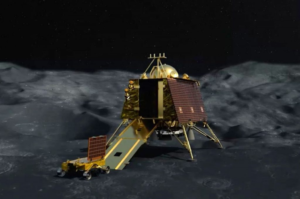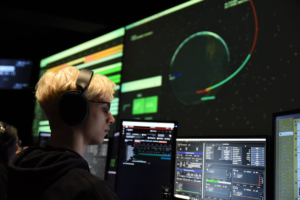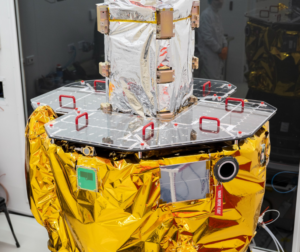
Boeing’s Starliner Program Has Now Reached $1.1 Billion In Losses
Since practically the start of the Boeing Starliner program, the company along with the spacecraft have run into different issues. Between general delays and problems during test filgths, Starliner can’t seem to catch a break with bad news. Most recently its first crewed launch scheduled to happen this month was indefinitely delayed as two major problems were discovered.
These issues had to do with the parachute system and a flammable material used throughout the interior of the spacecraft. With this delay came another loss of $257 million adding to a long list of other complications. On the bright side, new reports coming out highlight that the company is currently in the process of fixing and replacing the necessary components.
However, despite this work, the future crewed launch date still is unknown as a lot of work is left and this detailed replacement process could reveal more issues. Here I will go more in-depth into current progress on Starliner, the total losses this project has incurred, when we can expect it to fly crew, and more.
Taking Apart Starliner
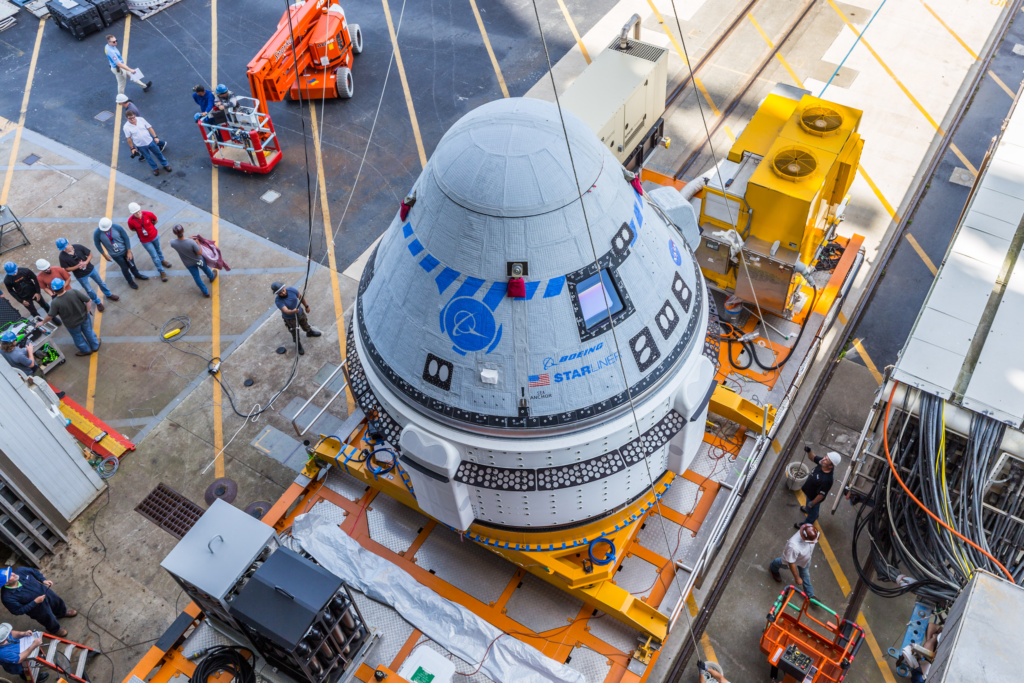
Back in late May, around 7 weeks before the planned crewed launch date, mission teams found a few issues with the Starliner spacecraft. For one, engineers were working to evaluate any elevated risk from a specific type of tape used on the spacecraft to protect wires from chafing. Although the tape is commonly used in spaceflight, they determined that the adhesive properties of the tape could present a flammability risk under certain conditions.
At the time in a statement, they said, “NASA and Boeing are evaluating this material and the system’s overall wiring protection to confirm it is acceptable for crewed flight. Those efforts are ongoing and are expected to complete before Boeing begins fueling operations on the spacecraft” they said.
Not only this, but NASA and Boeing were also working to reassess Starliner’s parachute system margins based on new data reviews as part of the ongoing design certification process. Engineers reviewed the overall efficiency of certain joints within the parachute system to confirm they met all required factors of safety for crewed flight. Obviously, we know now that these issues weren’t just a quick fix that could be completed before launch but instead serious safety concerns that got discovered closer to the launch date than you would hope.
It was then announced that the launch was delayed indefinitely and that the Starliner spacecraft would need to be at least partially disassembled to address these various issues. During a teleconference this week, NASA officials highlighted that work is ongoing, but more remains to be done.
Steve Stich, the commercial crew program manager said, “On the NASA side, we really stepped back and looked at all aspects of flight preparation,”. He also highlighted that NASA, Boeing, and the parachute supplier, Airborne, have been working through the soft-link issue. Engineering teams have identified a new type of joint that can meet NASA’s safety requirements. This being said, Stich didn’t give any additional information on the process to certify or test these new joints and a possible timeline.
They also removed panels from inside the Starliner spacecraft to access the flammable tape. As you can imagine trying to access all of this tape wrapped around a significant amount of wiring throughout the spacecraft is a tedious task that takes time. Not to mention the fact that the spacecraft has to be partially disassembled. Stich said about three pounds of tape have been removed from Starliner so far. “We’ve been able to remove a lot of that tape, and that work is progressing really well,” Stich said. NASA and Boeing have identified a non-flammable replacement, he said.
As for the added costs, just yesterday apart of the quarterly earnings update, Boeing revealed that the Starliner program had taken a loss of $257 million “primarily due to the impacts of the previously announced launch delay.” This brings the company’s total write-down of losses on the Starliner program to more than $1.1 billion.
The loss is the latest financial setback for Boeing on the fixed-price contract. The company has previously recorded $883 million in charges against earnings linked to Starliner, including $195 million in the third quarter of 2022. Those charges covered delays in the vehicle’s development and the cost to fly a second uncrewed test flight. “On Starliner, we’re in lockstep with our customer. We’ve prioritized safety, and we’re taking whatever time is required. We’re confident in that team and committed to getting it right,” said David Calhoun, president and chief executive of Boeing, in an earnings call. He did not elaborate on those efforts or estimate how much time is required.
Starliner’s Launch Timeline
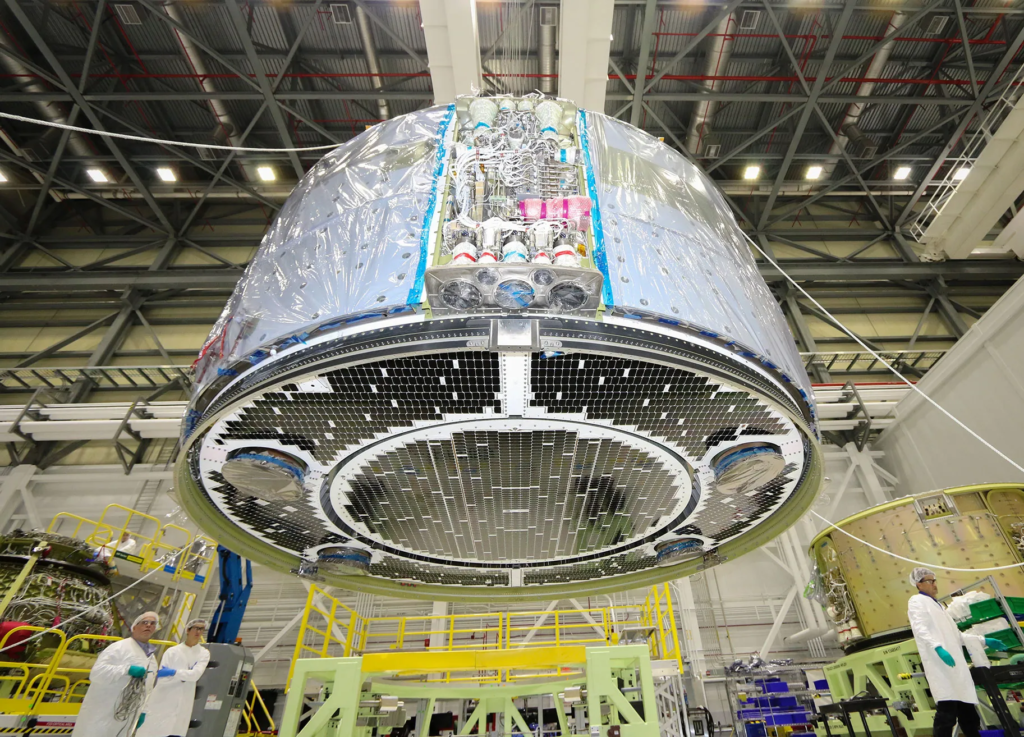
During the recent teleconference, when asked about Starliner’s schedule Stich commented, “We’re not really ready to talk about a launch opportunity yet,” he said. “We’re going to work the technical issues first, and then we’ll sit down with the Boeing team when the time is right and pick a launch target.” Based on the work still left, and the importance of both the flammable concern and the parachutes, it seems unlikely that Boeing and NASA will be ready to send Crew to space on Starliner this year. A realistic launch date would probably be closer to early to mid-2024.
As partially mentioned prior, these serious issues being discovered so close to the crewed launch date have made NASA a bit more cautious with this program in particular. The best case scenario is that Boeing continues to fix these two problems and once complete, they verify the Starliner system is ready for flight. Another scenario could be more issues being discovered now that the agency and company are taking an even closer look at the spacecraft. Either way, it’s going to take time and the fact that this mission is carrying humans is what will continue to delay it.
Back when the issues were first discovered Steve Stichwas quoted saying, “We are taking a methodical approach to the first crewed flight of Starliner incorporating all of the lessons learned from the various in-depth testing campaigns, including Starliner’s flight tests and the agency’s verification efforts. All Orbital Flight Test-2 anomalies are closed. In addition to the closeout of ongoing work, the team remains vigilant on tracking new technical issues as we complete certification for crewed flight.”
As part of the ongoing effort at the time, 95% of the Crew Flight Test certification products were complete. That included approval of Starliner’s crew module batteries, based on additional testing and analysis, along with post-certification flight mitigations and a proposed battery upgrade for future missions. Teams were conducting final spacecraft closeouts and preparing for upcoming hardware milestones, including spacecraft fueling, spacecraft rollout to the launch site, and integration with the United Launch Alliance Atlas V rocket.
Another issue came up and teams needed to remove and replace a by-pass valve on the active thermal control system, which is located on the Starliner service module and is used to flow coolant into the system to cool the onboard avionics. The Starliner team was replacing the valve that was restricting flow to one of two redundant loops, and running a diagnostic to confirm the suspected issue with the malfunctioning hardware.
The other losses that combine to over $1 billion have to do with past test flights and general delays. Looking at the spacecraft’s history there have been a lot of problems. The first uncrewed orbital flight test launched on December 20, 2019, but after deployment, an 11-hour offset in the mission clock of Starliner caused the spacecraft to compute that “it was in an orbital insertion burn”, when it was not. This caused the attitude control thrusters to consume more fuel than planned, precluding a docking with the International Space Station. With the completion of the investigation into the Starliner OFT-1 flight, the review team identified 80 recommendations that Boeing, in collaboration with NASA, needed to address.
During the second uncrewed flight test launch window some issues were detected with 13 propulsion-system valves in the spacecraft prior to launch. By then, the spacecraft had already been mated to its launch rocket, United Launch Alliance’s (ULA) Atlas V, and taken to the launchpad. Attempts to fix the problem while on the launchpad failed, and the rocket was returned to the ULA’s VIF (Vertical Integration Facility). Attempts to fix the problem at the VIF also failed, and Boeing decided to return the spacecraft to the factory, thus canceling the launch at that launch window. Eventually, the spacecraft got off the ground and was able to dock to the ISS before returning. However, two Orbital Maneuvering and Attitude Control System (OMACS) thrusters failed during the orbital insertion burn. A couple of RCS thrusters used to maneuver Starliner also failed during docking due to low chamber pressure. Some thermal systems used to cool the spacecraft showed extra cold temperatures, requiring engineers to manage it during the docking. All of which has led the spacecraft to where it is today.
Conclusion
Boeing and NASA are hard at work replacing tape and fixing different problems with Starliner. The first crewed launch was set to happen this month and instead might not happen until next year. We will have to wait and see how it progresses and the impact it has on the space industry.

